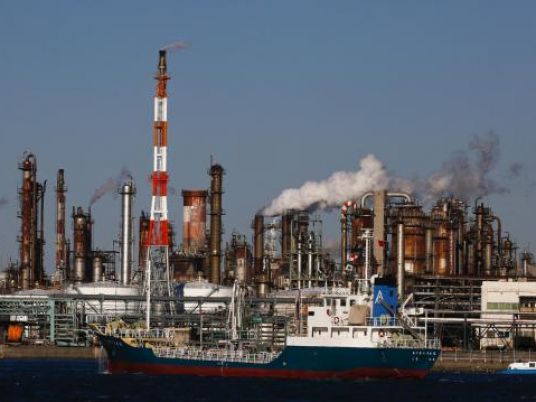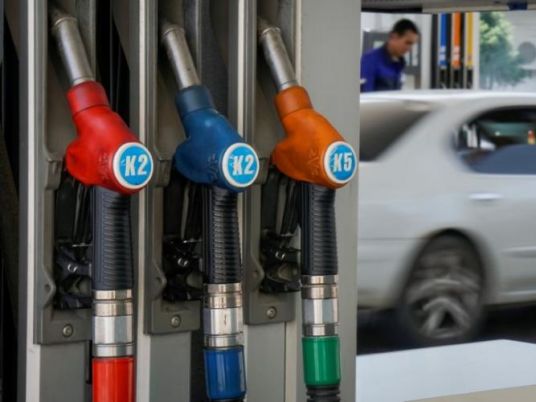
Oil futures climbed more than US$1 a barrel on Monday, after Saudi Arabia raised prices for crude sales to Asia for a second month, signalling better demand in the region.
International benchmark Brent regained ground after tumbling as much as 5 percent on Thursday, when a preliminary nuclear deal was finally reached between world powers and Iran. More Iranian oil could enter global markets if that is followed by a comprehensive deal by June.
But analysts warned a ramp-up in exports could take months and would likely not happen before 2016.
"While clearly a bearish headline, a final deal and full lifting of sanctions still faces a number of obstacles," Morgan Stanley analysts said in a note.
"Even if a final deal is reached, we do not expect any physical market impact before 2016," the analysts said.
Brent crude for May delivery LCOc1 touched a high of $56.19 (38 pounds) a barrel and was up $1.19 from Thursday at $56.14 by 0635 GMT. US crude for May delivery CLc1 was $1.21 higher at $50.35 a barrel, after earlier touching $50.48.
There was no settlement in either Brent or US crude futures on Friday as markets were closed for the start of the Easter holiday.
Despite the sanctions on Iran, China's imports from the OPEC producer are set to rise from August as a Chinese state trader has signed a deal with the National Iranian Oil Company to buy more condensate.
The world's top exporter Saudi Arabia kept output steady and cut its official selling prices (OSPs) sharply late last year in a fight for market share during a global supply glut.
Its ability to raise prices for April and May suggests its strategy is working, although competition has kept its flagship Arab Light at a discount to Oman/Dubai quotes, analysts said.
"There is still competition for the Asia market even though it is also a sign that some of the production elsewhere is less able to compete in the market right now," said Shunling Yap, a senior oil and gas analyst at BMI Research.
On the supply front, the number of rigs drilling for oil in the United States declined by 11 last week to 802, the smallest drop since December, a weekly survey by oil service firm Baker Hughes showed on Thursday.
Two weeks of small declines in the US rig count have raised expectations that drilling activity is nearing a level that could dent output, bolster prices and coax rigs back to the field after a precipitous cull since October.




